
Arguably, the most important model in any automaker's portfolio is its medium-sized three-row crossover. These modern minivan alternatives account for a significant portion of new car sales and generate substantial revenue for mainstream brands, including Hyundai, which has just revamped its popular Palisade SUV in a major way.
The Palisade—a corporate sibling to the Kia Telluride—was a smash hit right from the start. Since its launch for the 2020 model year, this three-row SUV has helped drive the brand's sales to record highs while raising the bar with its premium cabin and generous standard features. It also launched the near-luxury Calligraphy trim, which continues as the Palisade's top offering for the new second-generation model.
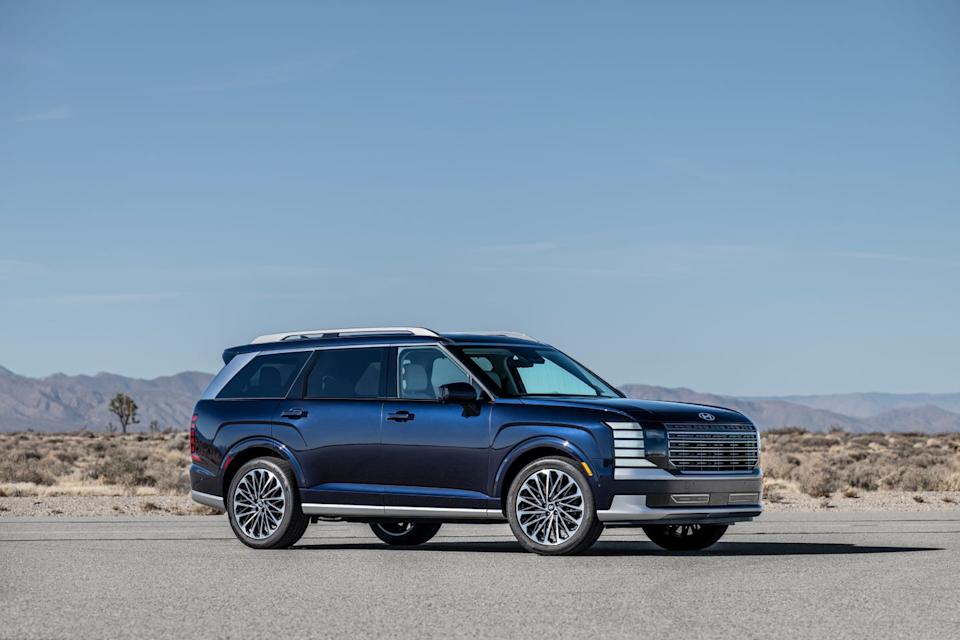
The 2026 Palisade has the unenviable task of elevating the brand's flagship SUV to the next level. For the exterior, designers penned more swept-back proportions, which give the new Palisade a more premium appearance. Do you see a little Range Rover in the silhouette? We doubt that's an accident.
Hyundai has enlarged the Palisade's dimensions too. It's 2.5 inches longer overall, with a 2.7-inch stretch in wheelbase. It's also fractionally wider and taller. A result is increased roominess in all three rows.
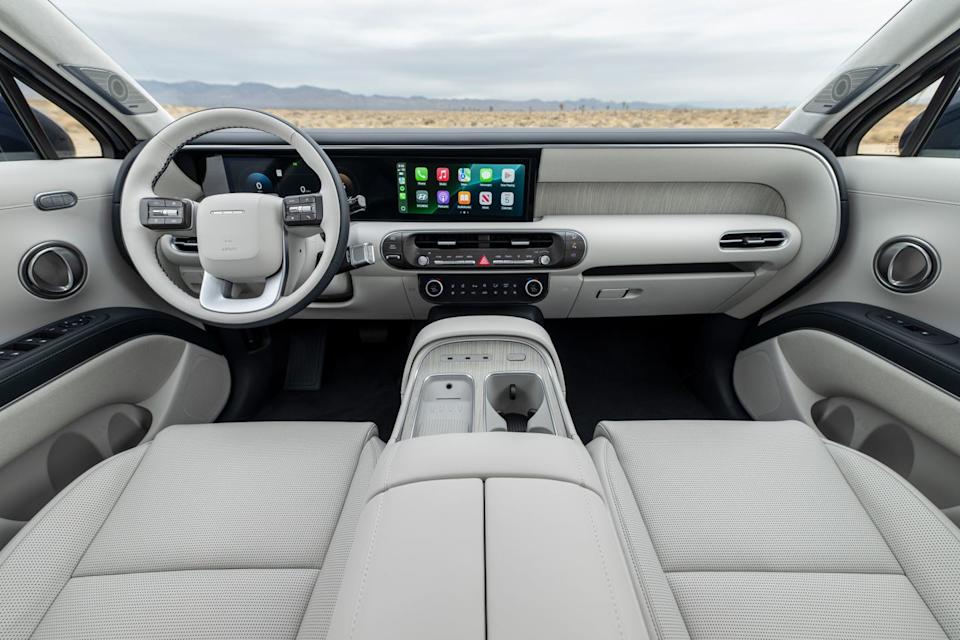
Passenger space is generous in the first and second rows, but the third remains a child-only environment. Upper trims feature power-adjustable seats in the second and third rows with redundant control buttons for those seats located in the cargo area, convenient for when you need to drop some seatbacks to load bulky cargo.
The Calligraphy's interior is truly deluxe, with a look and feel that stake out a middle ground between the mainstream Hyundai and luxury Genesis brands. The rounded dashboard and thoughtfully laid trim pieces are inspired by mid-century modern furniture, while the large curved-glass display looks decidedly modern with a screen resolution similar to that of a contemporary iPhone.
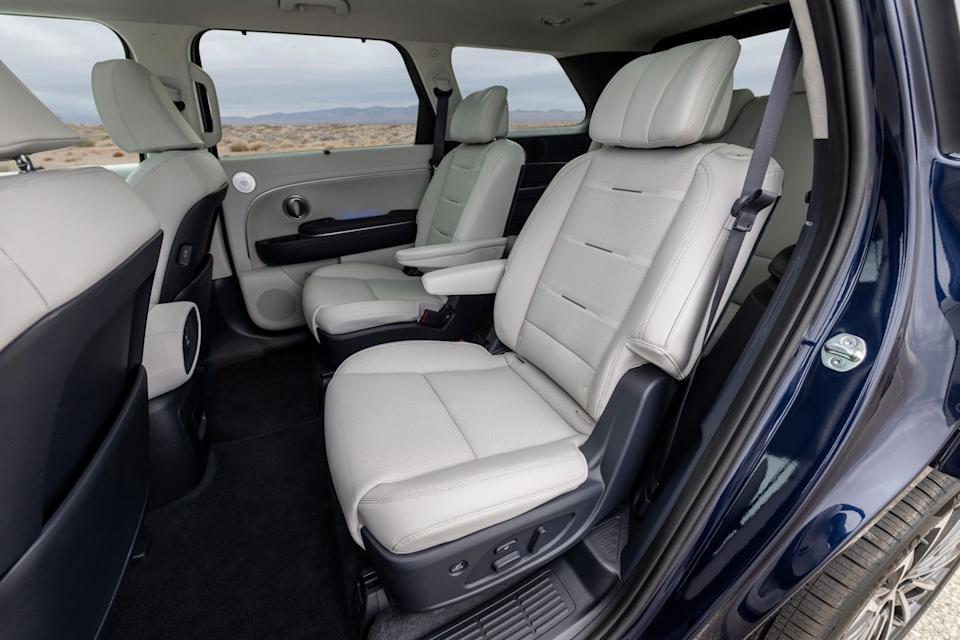
On Mute
Quiet cruising adds to the luxe vibe. Hyundai says it has added more sound-dampening materials throughout the vehicle, and the SUV's windshield and front side windows are made from acoustic glass. The Limited and Calligraphy models take it even further with acoustic glass for the second-row windows too.
A sort of sensory reduction has been applied to the SUV's on-road demeanor as well. Control feedback is more muted than in the previous-generation Palisade, and overall, the new one feels heavier from behind the wheel. The steering is slow with little feedback. The same can be said of the brake pedal, which provides little resistance when you step on it.
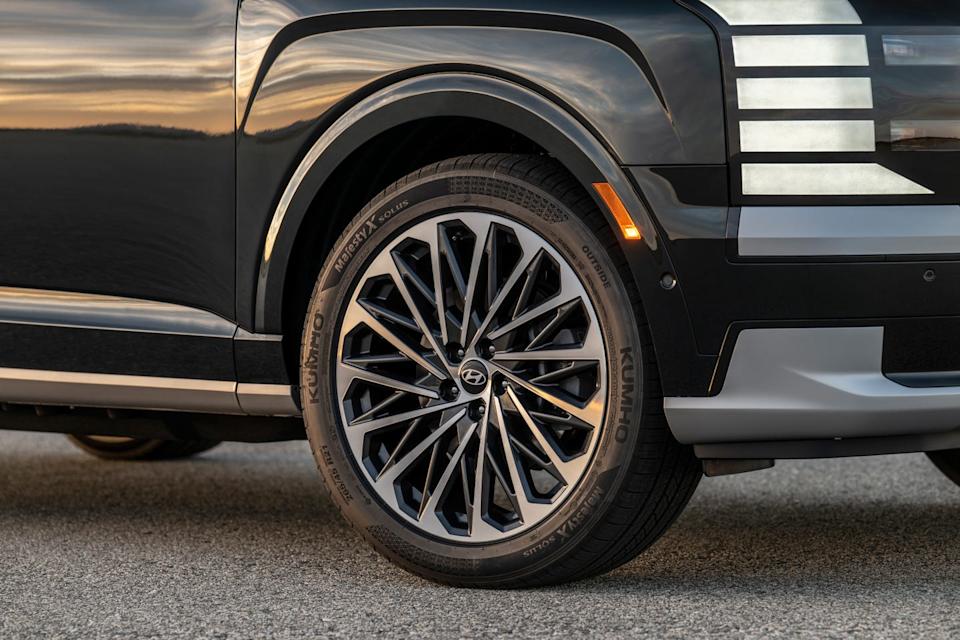
We think most casual drivers won't be put off by the 2026's dynamics, and we suspect many may even appreciate the subdued bearing. The suspension is tuned for comfort, and it mostly delivers, save for some uncouth jitteriness we noticed when over certain stretches of asphalt on the Calligraphy's 21-inch wheels.
While a 329-hp hybrid model is coming soon—Hyundai says production starts this fall—only the nonhybrid version will be available at launch. Replacing last year's 291-hp 3.8-liter V-6 is a new 287-hp 3.5-liter V-6, and it drives either the front or all four wheels through an eight-speed automatic transmission.
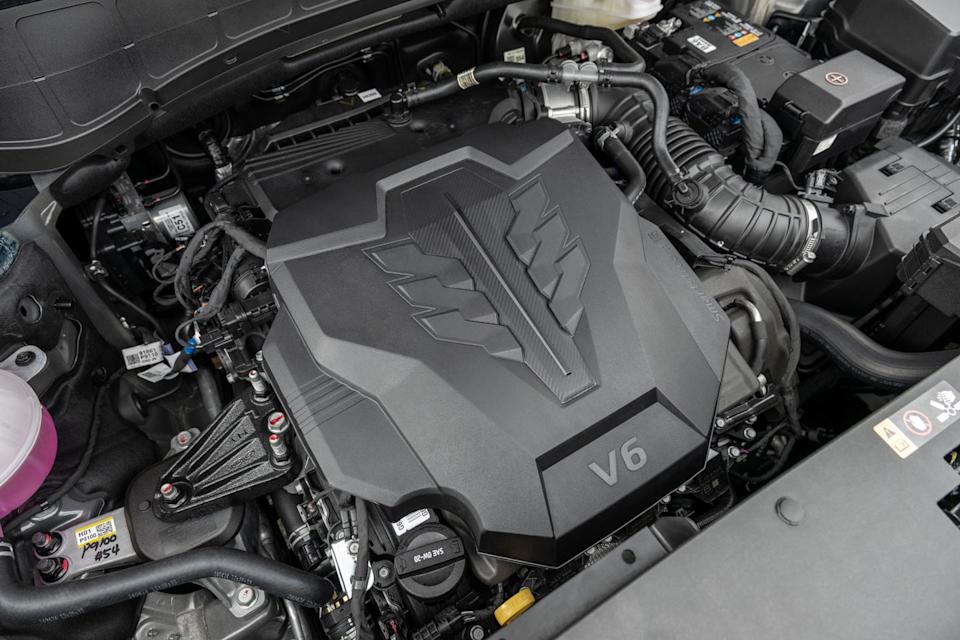
The new engine doesn't feel quite as silky as the first-generation Palisade's powertrain, and power delivery is less urgent. From a dead stop, acceleration feels somewhat weaker. We estimate the all-wheel-drive Palisade will need about 6.6 seconds to hit 60 mph. That's a bit slower than the last Palisade we tested, which ran to 60 mph in just 6.4 seconds.
Off-Road
This year also marks the start of Hyundai's XRT Pro subbrand, which is intended to be able to tackle more demanding off-road scenarios than last year's just-plain XRT trim. The Palisade is the first to receive the more comprehensive all-terrain equipment, which includes all-terrain tires, an electronic limited-slip rear differential, and revised front and rear bumpers for better approach and departure angles.
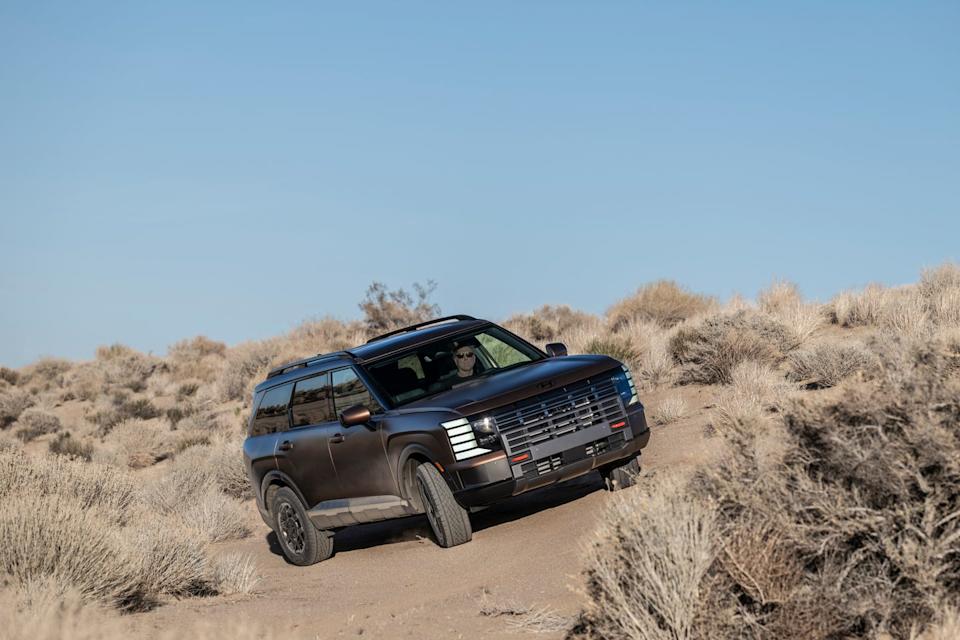
Midway through our Northern California drive route, we parked our loaded Calligraphy and swapped into a Palisade XRT Pro for a go at an off-road course carved into a hilly vineyard in the small town of Geyserville. The path included narrow passages alongside steep hills, slippery gravel sections, and uneven stretches designed to showcase what the Palisade’s all-wheel-drive system can do when one of the vehicle's rear wheels is dangling in midair.
The XRT Pro model handled these off-road tasks with aplomb, and we're confident that most buyers won't encounter terrain half as challenging. If you end up booking a campsite that's down an unpaved road, the XRT Pro is overqualified for the job.
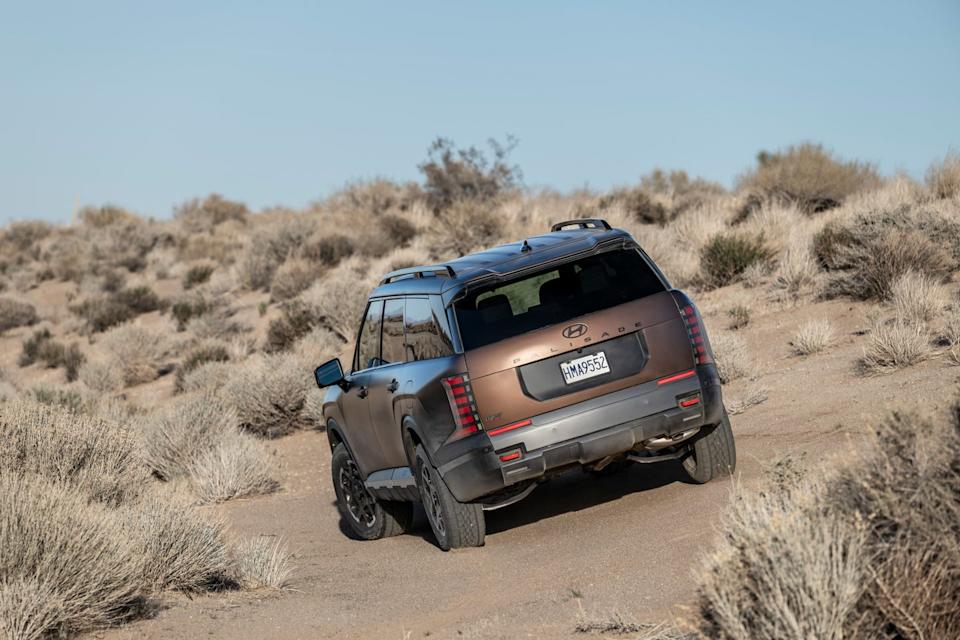
In all of its forms, the Palisade offers undeniable value, and its broad lineup allows for easy tailoring to an individual buyer's needs. The base SE trim costs $40,430 and comes with a suite of driver-assist features, in-dash navigation, and wireless Apple CarPlay and Android Auto connectivity.
The $42,935 SEL adds a power liftgate, a wireless smartphone charging pad, and second-row captain's chairs. At $44,365, the SEL Convenience includes a sunroof and a power-adjustable front passenger seat; the SEL Premium starts at $46,295 and gets a 360-degree exterior camera system, ventilated front and second-row seats, a heated steering wheel, and parking sensors.
Next up is the Limited trim at $50,765. It comes with leather upholstery, 20-inch wheels, a dual-pane sunroof, heated third-row seats, and a 14-speaker Bose stereo. The rugged-looking XRT Pro model starts at $50,865. In addition to the aforementioned off-road hardware, it also gets some handy software for navigating tricky terrain, including a camera system that shows an image of what's directly in front of and beneath the Palisade's hood.
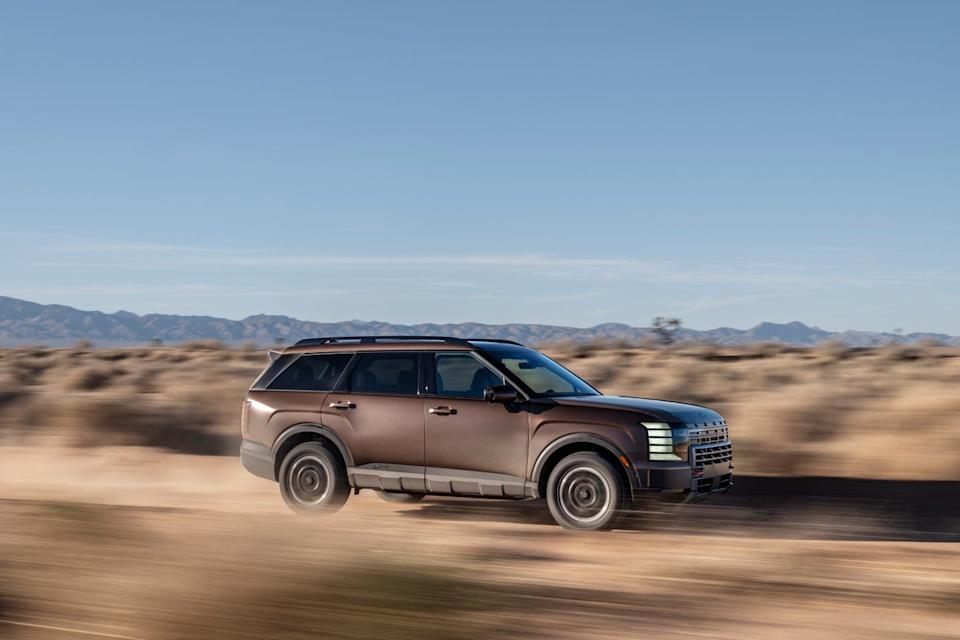
At the top of the range is the $55,555-to-start Calligraphy, which justifies its asking price with nappa leather seating surfaces, an integrated dash cam, 21-inch wheels, a 12.0-inch head-up display, adaptive cruise control with a lane-centering feature, and pop-up leg rests for first- and second-row seats.
While we're somewhat disappointed with what seems to us like a minor step back in terms of performance and driving verve, the second-generation Palisade nonetheless impresses with its space, practicality, and value. Those traits are a far bigger draw for the American family hauler class, anyway. If you're like us and expect gutsier acceleration, we expect the more powerful hybrid model to offer more satisfactory giddyap.
You Might Also Like

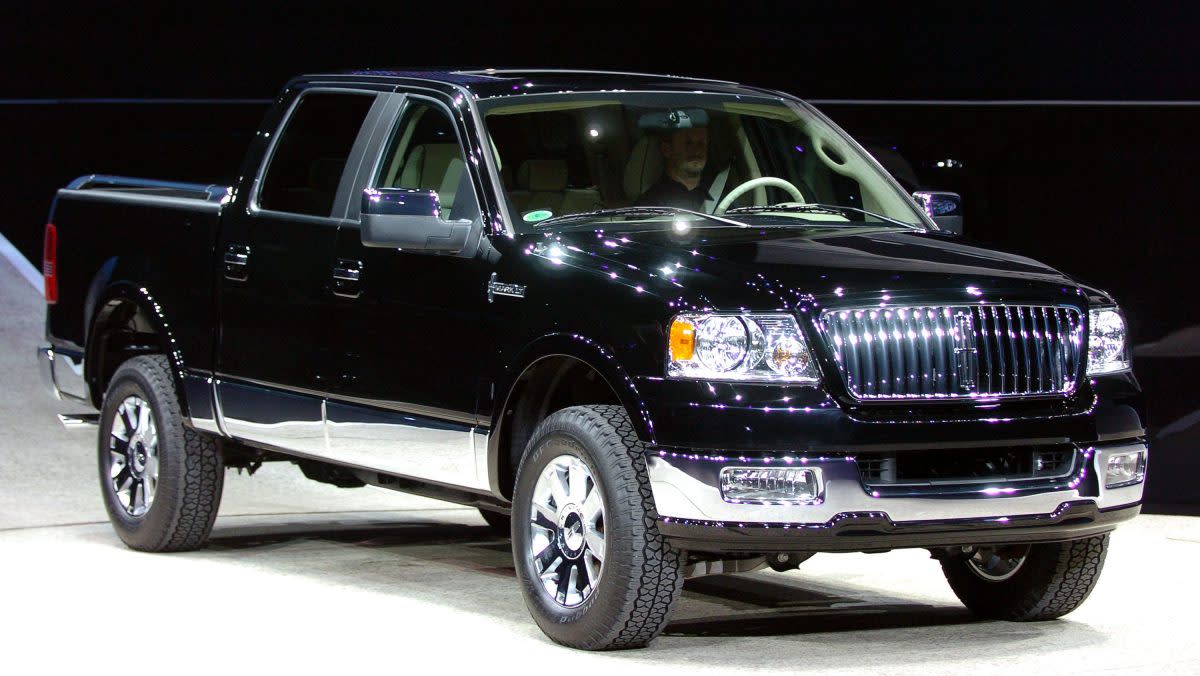
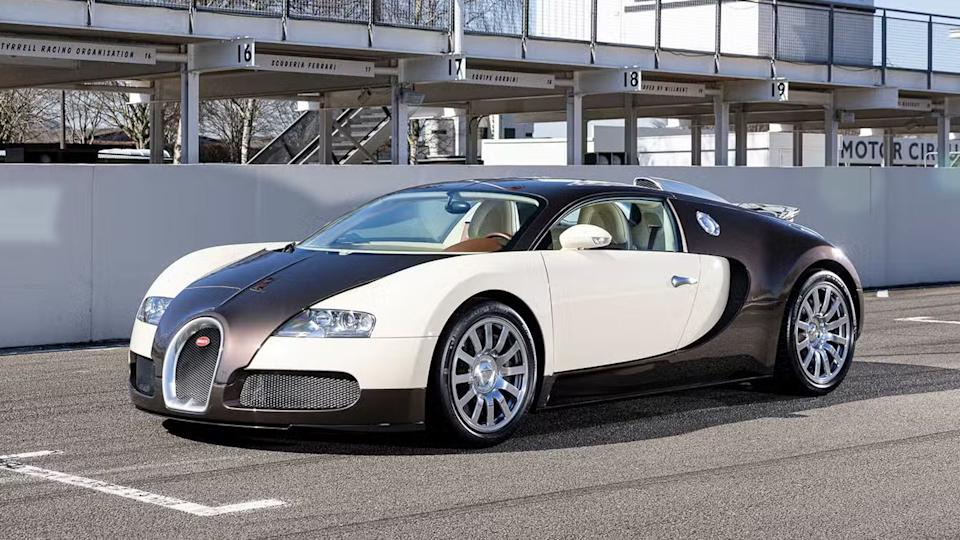

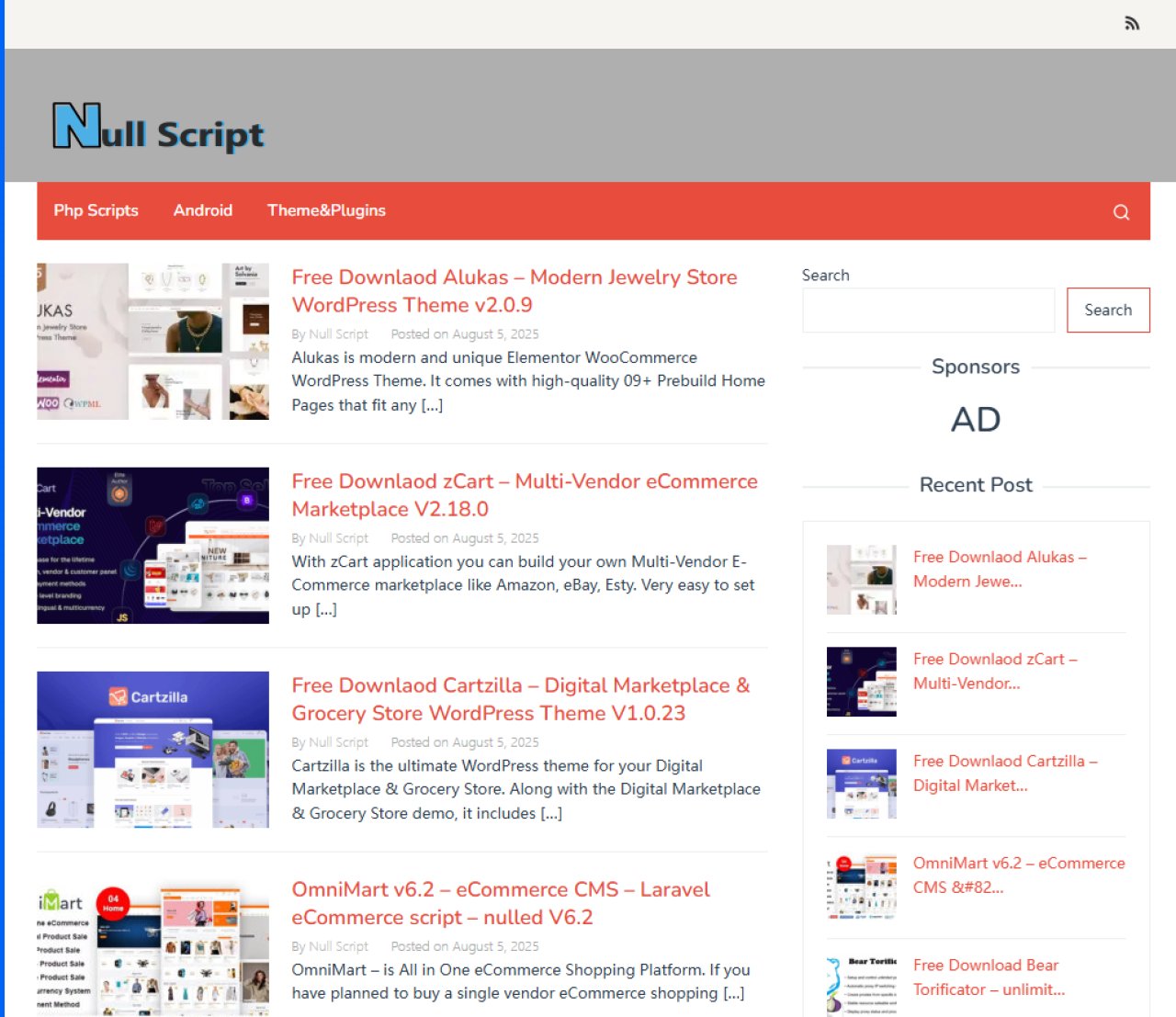

Comments